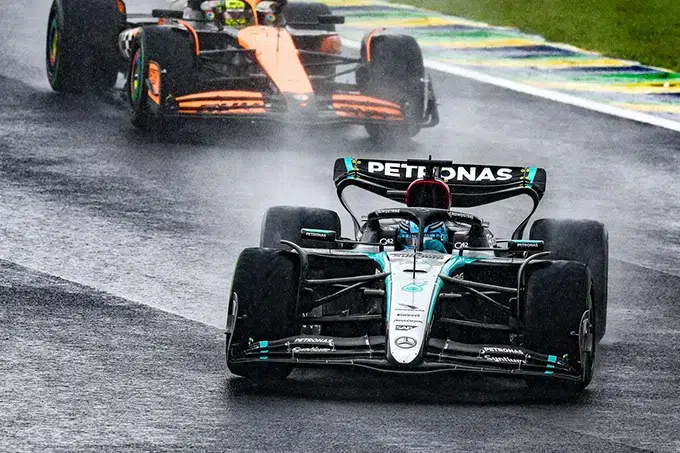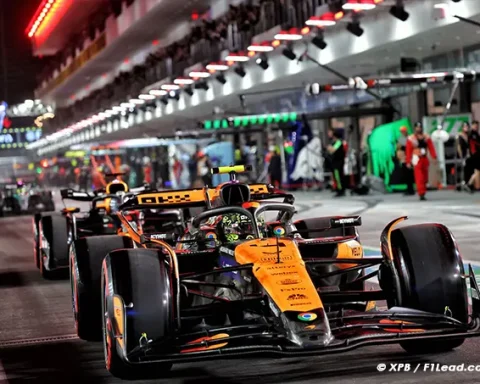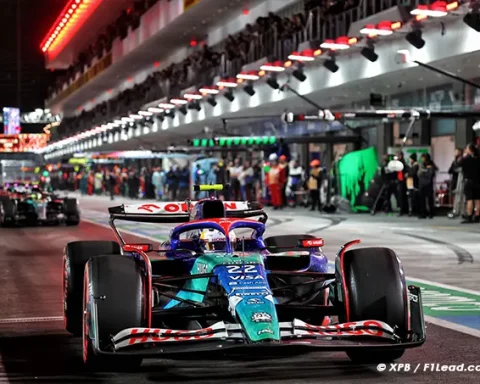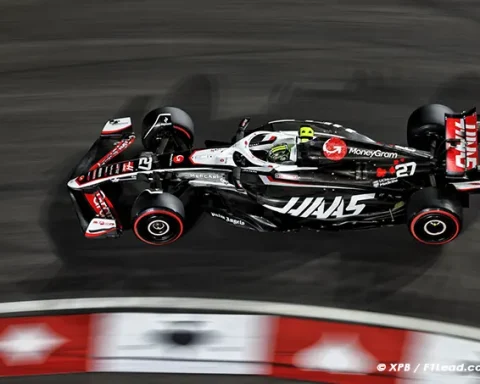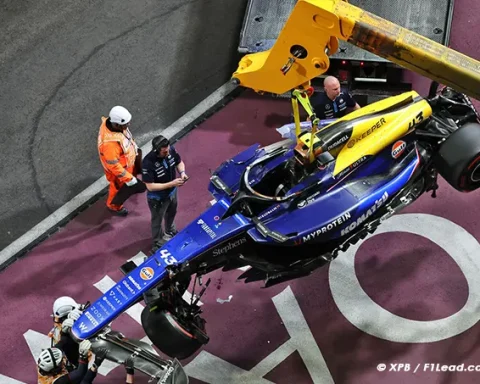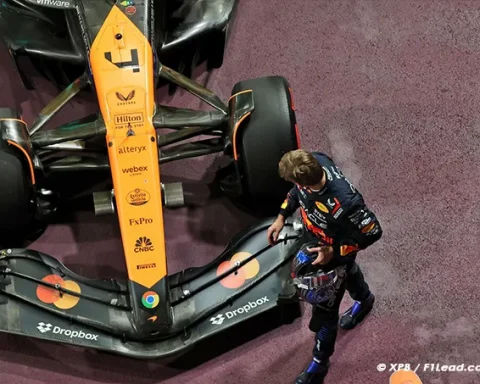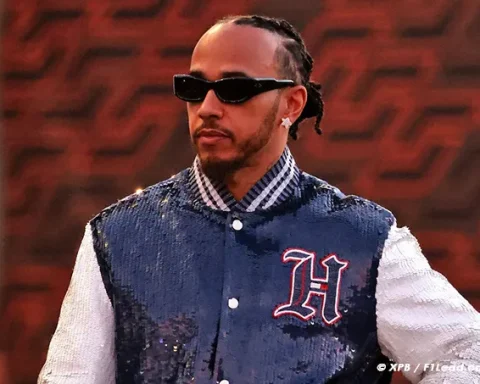George Russell’s strong lead at Interlagos was jeopardised by Mercedes’ pit strategy, sparking debate over a pivotal missed opportunity.
George Russell emerged as the frontrunner early in the Brazilian Grand Prix, leading the first 28 laps at Interlagos with impressive poise. Yet, Mercedes F1 made a pivotal decision to call him into the pits, a move that Trackside Engineering Director Andrew Shovlin later reflected upon with a measure of regret.
“In hindsight, many races might be handled differently,” Shovlin admitted. “But in this instance, it’s clear we could have opted for an alternative approach. One of the key elements here was that, as the VSC ended, we had a fleeting window—a second or two—when we could have kept George out.”
The reasoning, Shovlin explained, was strategic: “At that moment, we were already facing the inevitable time loss of a pit stop. Staying out could have played to our advantage, especially with the high probability that another incident would occur—triggering, as it did, a red flag.”
Russell himself was vocal about his wish to remain on track, yet Mercedes anticipated that a red flag was unlikely, and calculated that the risks of staying out would outweigh the benefits. “The call to pit made sense for us,” Shovlin continued, “particularly with Lando approaching. George would still be ahead of those who hadn’t pitted, with the added benefit of fresher tyres, should the red flag not materialise.”
“Our approach tends to avoid assuming a red flag,” he explained. “At times, you predict it right, at others you don’t.”
Had a different path been chosen, it’s evident that Russell might have emerged in a commanding position. Ultimately, the gamble favoured those who stayed out, securing their place at the front as the race unfolded.
- You may also like>Red Flag Halts Tsunoda’s Charge After Strategic Gamble
- Also make sure you follow us on social media>Facebook and>Twitter
Did Mercedes Misjudge the Red Flag Risk at Interlagos? Did Mercedes Misjudge the Red Flag Risk at Interlagos?
